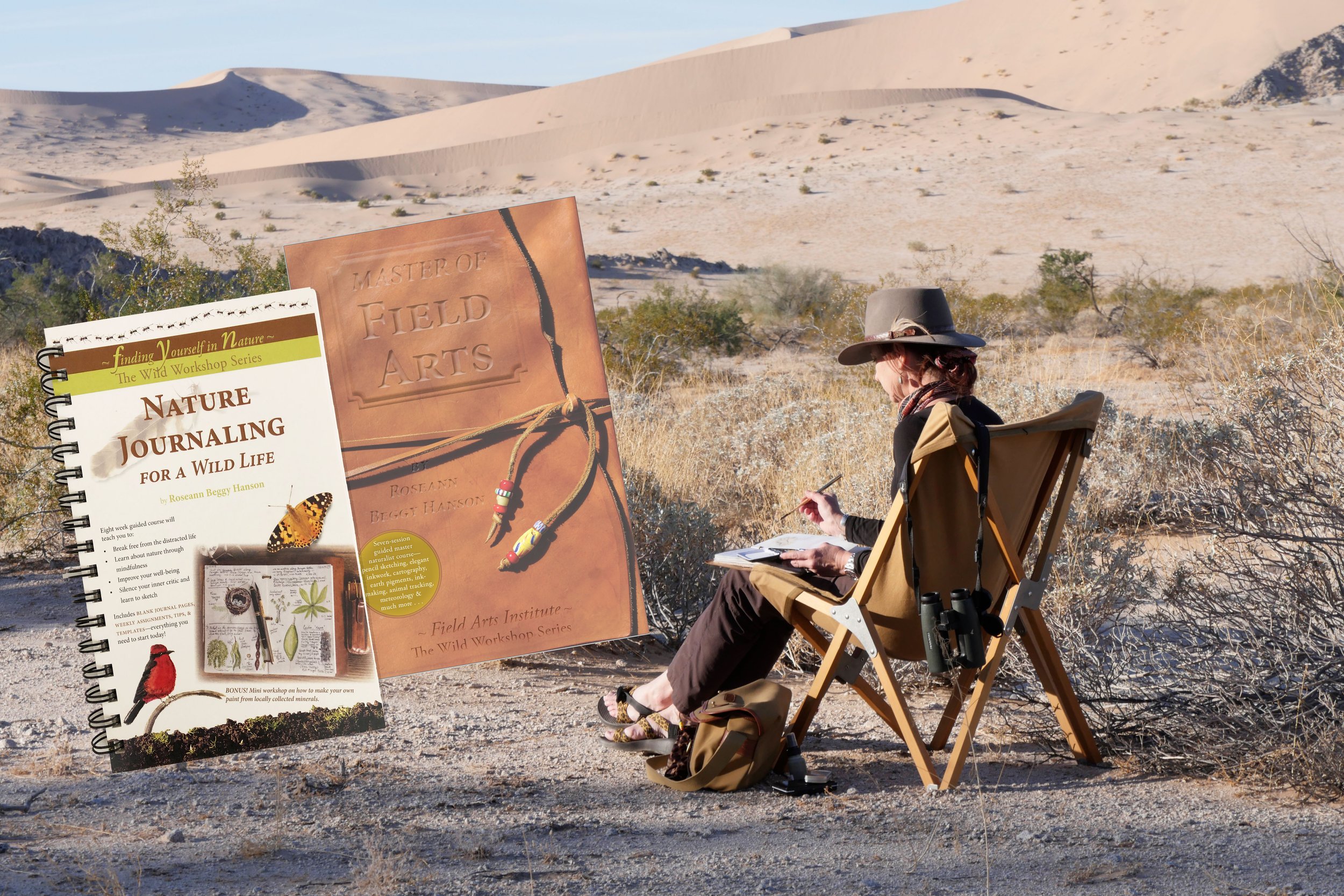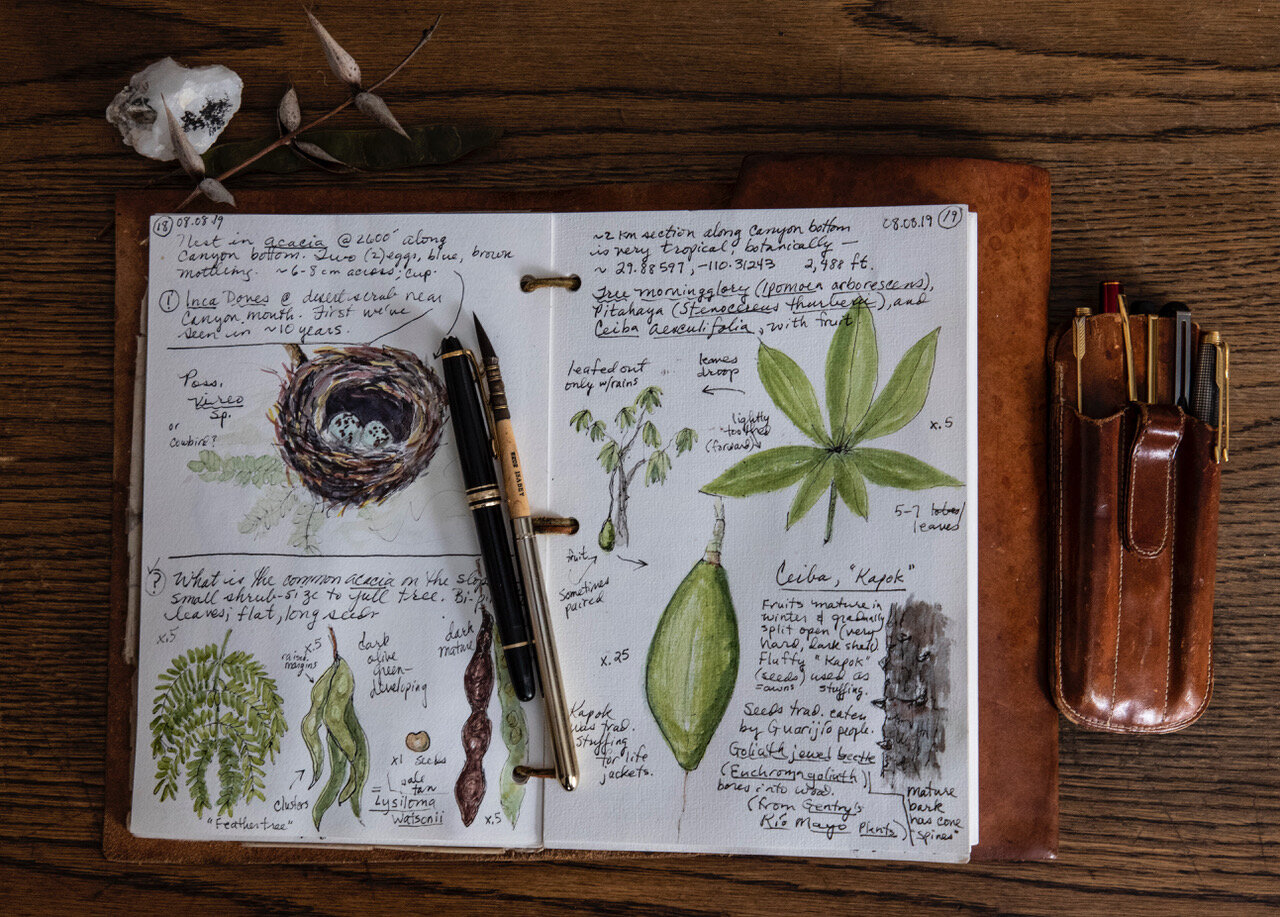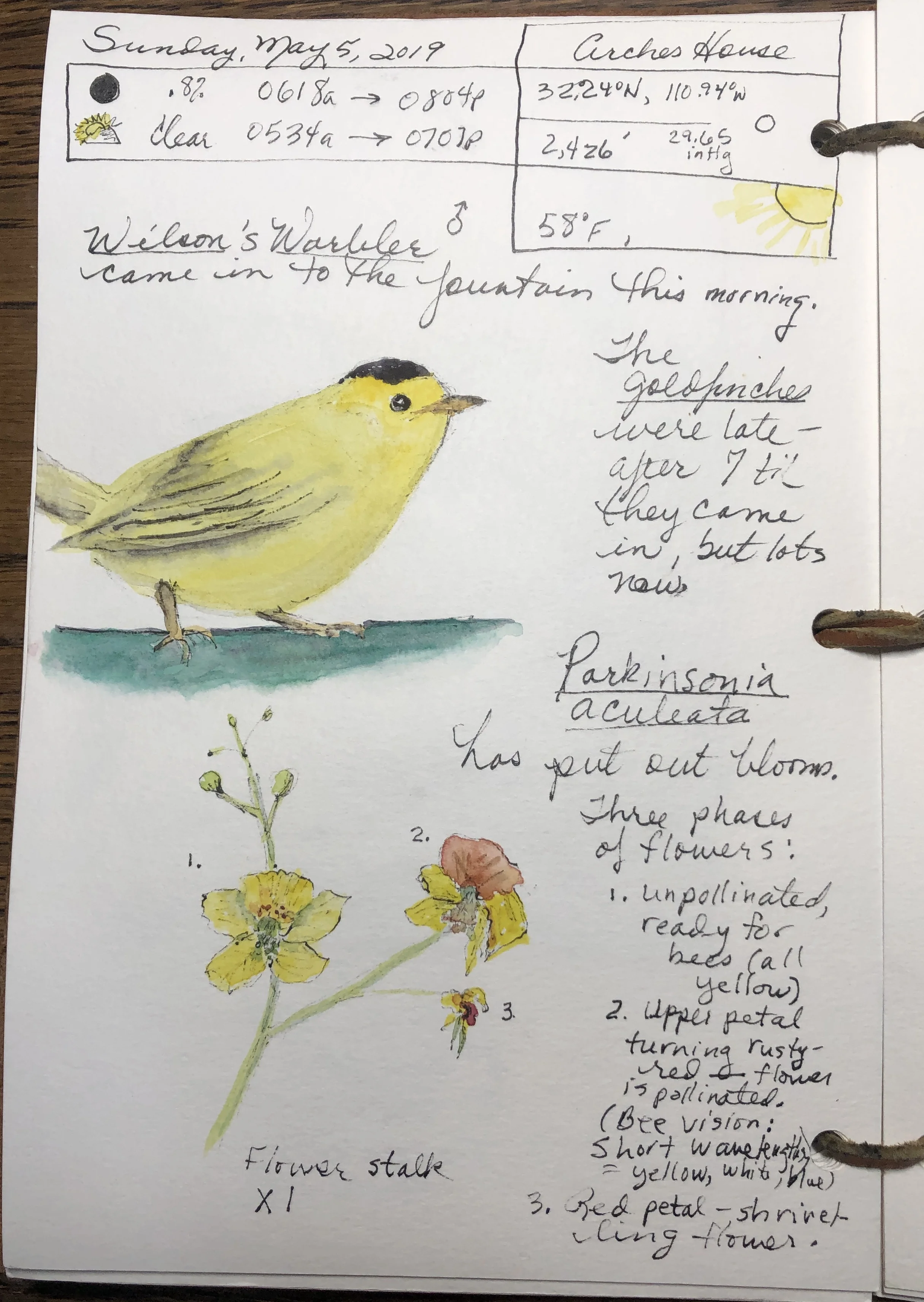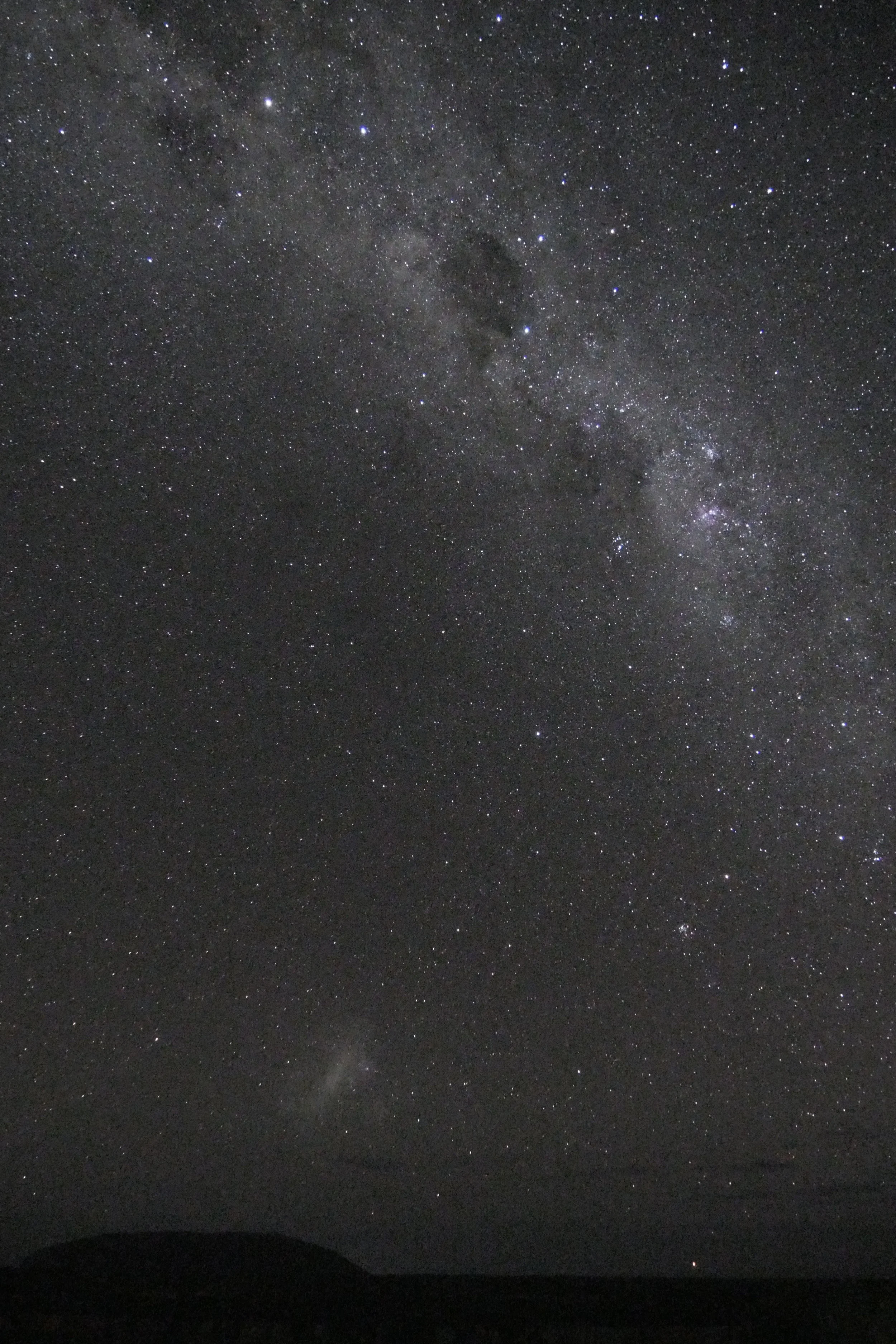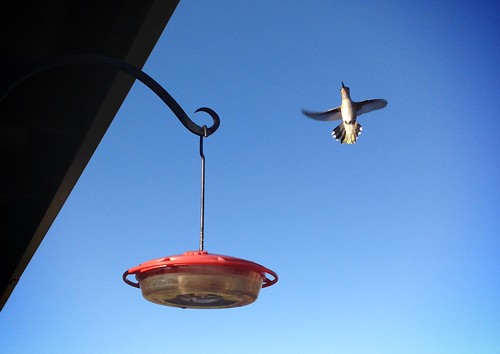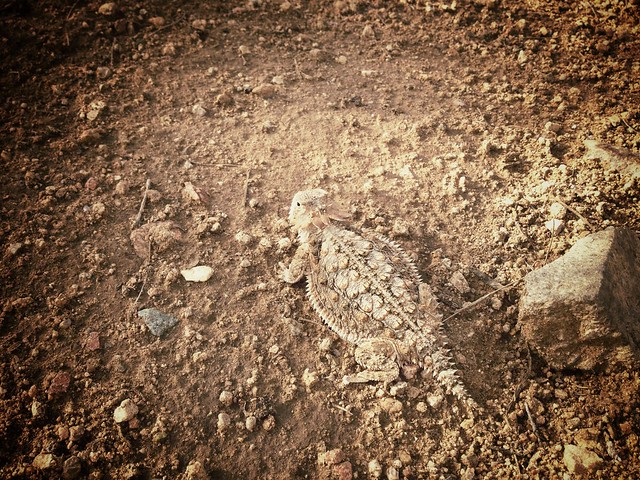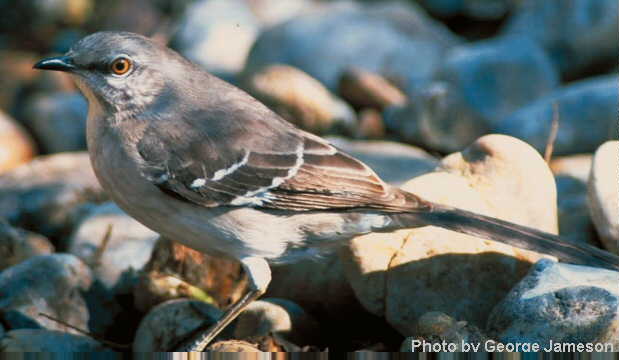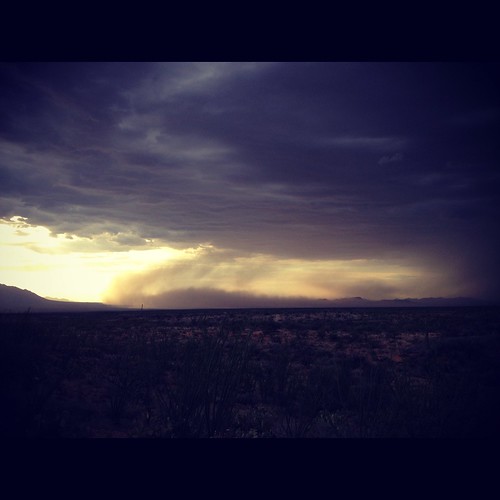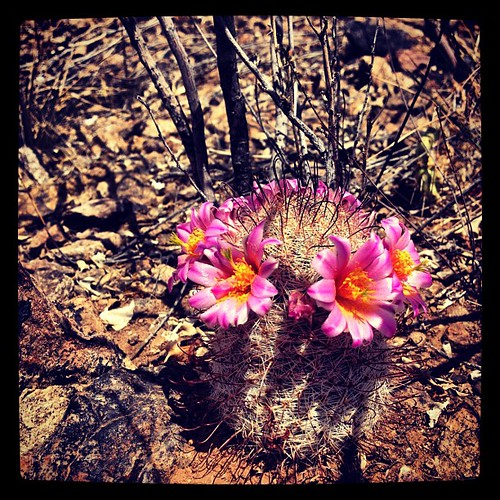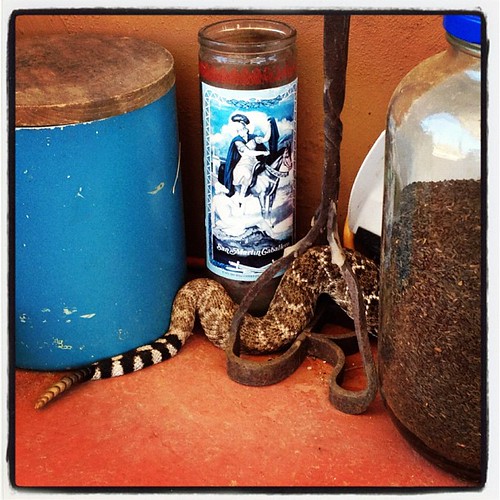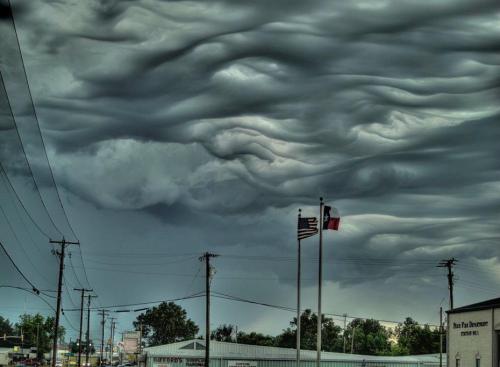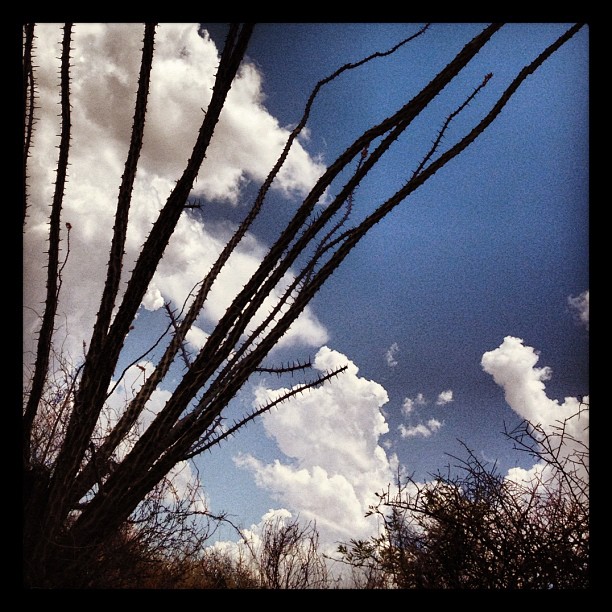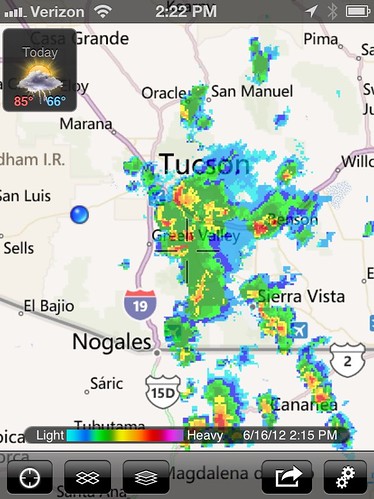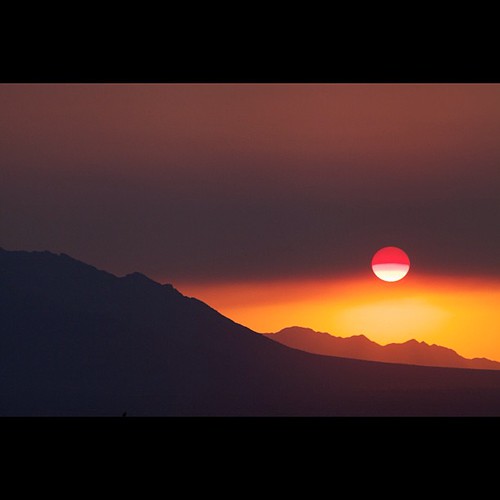Save the date—February 21–23, 2020—for my next nature journaling class. I’ll be offering Nature Journaling: Learn the art of seeing and recording the world around you at the beautiful botanical garden Tohono Chul Park in northwest Tucson.
Keeping a nature journal can both deepen your connections to the natural world and help you learn more about it. Neither science education nor art training is needed—you will develop the skills of a naturalist and a field sketch-artist along the way.
“Your observations, questions, and reflections will enrich your experiences and develop gratitude, reverence, and the skills of a naturalist . . . If you train your mind to see deeply and with intentional curiosity . . . the world will open before you.” - John Muir Laws, artist, naturalist, and author
In this class we will learn how to practice “intentional curiosity” as the core of nature journaling: to ask questions, to dig deeper, to focus our minds both intently and intentionally.
Email me or use the contact button and I’ll put you on the notification list when registration opens.
Praise for past workshops:
“My sincere thanks . . . for giving me the opportunity to learn nature journaling. I had been considering nature journaling for many months but had not jumped in—not knowing how to approach the journaling or what supplies to use. I learned all that in your class and also had the opportunity to see how others are approaching the process. Well, I “broke ice” in your class and put pen and paint to paper; what a wonderful feeling to finally have that door open. Since your class, I have gathered some supplies, constructed a small kit and have started journaling. I will always be grateful for the gift you have given me.”
- Paul in Tucson

